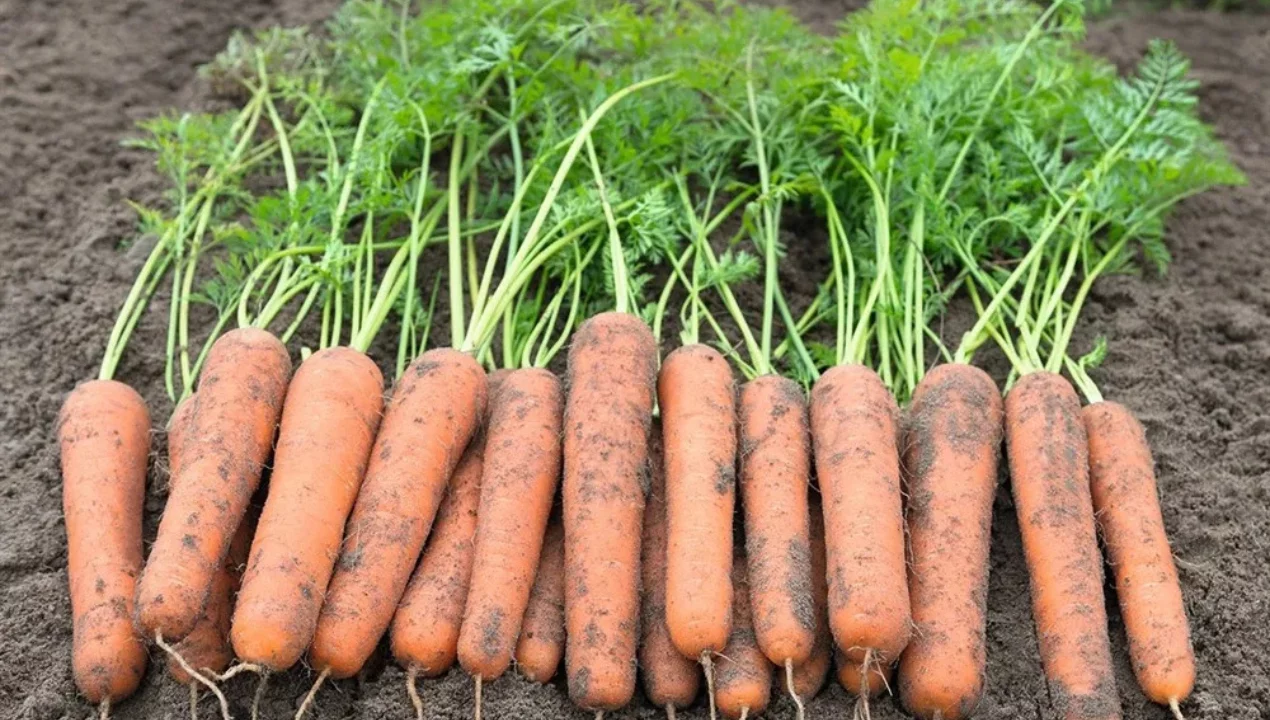
The Central Bank announced inflation figures for September 2025. According to the data, overall annual inflation decreased from 12.3% in 2022 to 8.8% in 2023. In 2024, inflation increased slightly to 9.8%, and as of September 2025, it fell to 8%.
The Central Bank's report notes that the share of goods and services whose prices have increased by more than 10% has decreased over the years. If in 2022 such products constituted 52% of the total market, then by September 2025 this figure decreased to 14%. This means that price pressures have transitioned to stability, and the number of elements with "high inflation" has significantly decreased.
Food products
According to the infographic data, the prices of some products have significantly decreased. For example, the prices of pumpkin (-59.2%), tomatoes (-31.5%), cucumbers (-30.7%), eggplants (-21%), peaches (-20.5%) and pomegranates (-20.4%) decreased.
However, a sharp increase in prices has been observed for some products. Carrots rose in price by 57.5%, lemons by 52.5%, cottonseed oil by 35.9%, turnips by 30.8%, cabbage by 27.4%, and mutton by 26.8%.
Non-food goods
In this category, some products have become cheaper: propane prices decreased by 19.7%, A4 paper - by 3.7%, and syringes - by 0.4%.
At the same time, the record growth in the gold market also affected the prices of jewelry - wedding rings became more expensive by 33.4%. Prices for methane (+30.6%), newspapers (+15.3%), gasoline (+11.8%), and natural flowers (+10.9%) also increased.
Service sector
A significant difference was also observed in the services market. The cost of money transfers has decreased by 2.5%, and tuition fees in non-state universities have decreased by 0.2%.
However, some services have become very expensive. The cost of driving courses increased by 73.3%, domestic flights by 57.3%, network gas by 39.2%, cold water by 35.1%, museum services by 32.3%, and legal services by 29.1%.
At the end of September, the share of products with an annual price increase of less than 10% was 86% in food, 96% in non-food, and 56% in the service sector.
Officials emphasized that these figures indicate market stability and a weakening of inflationary pressures. At the same time, seasonal price fluctuations for certain products continue to affect economic processes.
Read “Zamin” on Telegram!Users of Меҳмон are not allowed to comment this publication.













